Review for Blade Runner 2049 Limited Edition
Introduction
I love Blade Runner, have ever since I first saw the ‘Director’s Cut’ back in 1992. It is my favourite movie of all, which given the number of films I have seen over the years is really saying something. It’s a combination of story, of philosophy, of action, and of sheer visual exuberance that makes me adore the film, and so you can imagine that I approached the idea of a sequel with great trepidation. I wasn’t even sure I wanted a sequel to Blade Runner, so perfect it is a film in my opinion. That’s before questions of whether a sequel could do it justice, whether it could recapture that essence. I’d somehow managed to avoid the whole thing, other than the admittedly tantalising trailer, shunning reviews and opinions. It was one piece of news that did in the end capture my interest. It turned out that Blade Runner 2049 had flopped at the box office. The original Blade Runner too flopped on its first release, and subsequently gathered an audience through home video, word of mouth, and the eventual director’s cut, to become one of the best sci-fi movies of all time. If Blade Runner 2049 was following that same path, maybe it was worth 3 hours of my time. Of course the world of entertainment was a lot different in 1982; home video was killing cinema, and Blade Runner had that voiceover to contend with. There’s no such impediment now.
Tyrell Corporation had created the Nexus 8 replicants, replicants with a natural lifespan before the slaves rebelled against their masters and the world fell towards chaos. Tyrell went bankrupt, and then the Blackout hit, wiping all data from the world’s computers. The ecosystem collapsed, and it was one man, Niander Wallace who pulled the world back from the brink with a revolutionary new way to manufacture food. He bought out Tyrell, and started making replicants again, wholly obedient replicants. But with the Nexus 8s still out there, there was still a need for Blade Runners to ‘retire’ them. Only this time the Blade Runners are replicants too.
KD6-3.7 a.k.a. K is a Blade Runner sent to retire Sapper Morton, although Sapper Morton’s final words are unsettling. What’s more unsettling is what’s in the box that Sapper buried under a dead tree outside. It’s a secret that could change the world. K’s boss insists that everything related to the case should be destroyed, any witnesses retired, but there are others for whom possession of the secret would mean freedom, and others who would possess it for ultimate control. As K investigates, he finds that he’s investigating his own past, and also a 30 year old case, when a Blade Runner named Rick Deckard encountered a replicant unlike any other.
Picture
Blade Runner 2049 gets a 2.40:1 widescreen 1080p transfer. The image is impeccable, a pixel perfect transfer with no issues whatsoever to my eyes. The image is clear and sharp, colours are strong and consistent, and there’s no compression. It brings the film’s magnificent scope to vivid life on this disc, and Denis Villeneuve’s preference for real sets and locations as opposed to CGI work really comes across well here. Blade Runner’s world feels real and tangible, a 30 year evolution from that world presented in the original film, a new iteration of future retro. One annoyance would be a ‘youthified’ character, which in this film is better than any I have seen so far, but still hits the uncanny valley when dialogue is called for. Fortunately the character has but two lines. Another annoyance are the end credits. Just because we have HD TVs doesn’t mean that you need to shrink the font even further. The contrast isn’t great, and we have letters less than ten pixels high. You’ll need to watch this film from 2 feet away, or on a 70” screen to read them. And if you want the letters not to have a blocky pixellated appearance, you’ll want the 4k disc as well.
Sound
The film gets a DTS-HD MA 5.1 Surround English track, as well as DD 5.1 English AD, Russian, Spanish and Thai with subtitles in these languages and several others. The first thing that you notice is that Blade Runner 2049 is loud. This is one of those discs that you have to nudge the volume down to avoid annoying the neighbours. The second thing you notice is the dialogue is quiet, making you nudge things up again. Yes, Blade Runner 2049 is another film that demands that you ride the remote control for the duration, not helped by certain characters' tendencies to mumble. Subtitles are less an option than they are a necessity at times. But the surrounds are put to great use bringing across the action and the film’s ambience. I wasn’t keen on the music, which is unfortunate given that the original film soundtrack is one of my favourite CDs. There are touches of Vangelis, but it’s been reworked into a harsh, dissonant, fairground mirror version of the original themes, only the reprise of Tears in the Rain has the same melancholic impact.
Note that if you want Dolby Atmos, you’ll have to import the US disc.
Extras
I went with the Limited Edition release, which offers two discs in a BD Amaray, one on a central hinged panel. You get an o-card slipcover, and you also get five art cards in the package. There is an Ultraviolet digital code. If you hate orange and teal movies, then Blade Runner has plenty of it, on the sleeve art and the static menu screen, although thankfully the cinematography is a little more refined, the colour timing more nuanced.
Disc 1 has a handful of featurettes.
The longest is Designing the World of Blade Runner 2049 which lasts 21:55, and the cast and crew talk about the look of the film.
Blade Runner 101 has 6 mini-featurettes looking at various aspects of the story, and they run to a total of 11:22.
The Prologues will get the most watch of the extras. They’re the prequel films made for Blade Runner 2049, which you may have seen on Youtube prior to the film’s release, they include the Blackout anime created by Shinichiro Watanabe of Cowboy Bebop fame, as well as Nexus Dawn and Nowhere to Run, directed by Luke Scott (son of Ridley). In total these run to 28:06.
Disc 2 has four more featurettes.
To Be Human: Casting Blade Runner 2049 lasts 17:15.
Fights of the Future: The Action of Blade Runner 2049 lasts 5:50.
Two Become One lasts 5:27.
Dressing the Skin: The Fashion of Blade Runner 2049 lasts 5:51.
Three are self explanatory, Two Become One looks at the holographic ménage a troi and how that was accomplished.
Conclusion
Blade Runner 2049 is good. It is really, really good. It’s everything that I could have hoped for from a sequel to the original film, when it comes to developing the story and the characters, seeing where that world ends up 30 years down the line. And once again, it’s playing with the same ideas and concepts of the original, that of an artificially created slave race, questions of what defines a human, what defines a soul. The difference is that in the first film, those definitions were philosophical, ephemeral and fleeting; in the sequel the definition of human becomes tangible, physical, and quantifiable. With that kind of world-changing clarity, it drives the whole conflict in the film, three factions fighting for freedom, for slavery and for extinction, and the film’s protagonist K gets caught right in the middle.
It also keeps the story personal and emotionally relevant, first by focussing on K’s life. He’s a replicant Blade Runner who has to put up with the prejudice of humans, and also the fact that he’s hated as one who kills his own kind. And then he has a lover waiting for him at home, a hologram AI called Joi, a product of the Wallace Corporation and it’s interesting to see the relationship develop between an engineered ‘human’ and an artificial intelligence. When he’s assigned to investigate the case, and then erase all memory of it, it in turn awakens an unsettling memory in him, one that starts his personal journey of self-discovery. When this leads to Deckard, it adds another layer to the story which is a direct follow on from the original film, and just as poignant.
The characters are fleshed out well and intriguing, and there is enough going on under the surface to give the story depth and richness. I was certainly intrigued by Niander Wallace, this film’s Tyrell, another man with aspirations of godhood, no doubt driven by his company’s creation of the latest line of replicants. There are also ways in which this film builds on the first that appeal. The idea of giving replicants memories was a revolutionary one in the first film, here it’s standard practice, and one of the major plot points hinges on discerning which memory is real, and which is an implant.
There are ways in which Blade Runner 2049 didn’t live up to the original for me, and that is the vision. I admit most of that is down to narrative necessity. Blade Runner 2049 presents a world that is dying, there is a bleak emptiness and coldness that fills the screen and even the most crowded scenes feel depopulated and lifeless. When Ridley Scott made the original he filled the screen with characters, with life, with his future retro style. Blade Runner was a vibrant, energetic, rich collision of worlds, and every scene, from Leon’s VK test to Deckard and Rachel’s hurried flight simply oozed with ideas and potential. You could imagine stories for all the characters that appeared in the film.
I didn’t feel that with Blade Runner 2049. As mentioned, this is a dying, depopulated world where everyone who can, leaves for the outer colonies, but there never feels as if there is more to the story than that which is presented to us. The imagery no longer inspires, the world no longer throbs with potential. Also, and more importantly, the original Blade Runner was an ambiguous story, deftly told as a future film noir, one that offered opportunities for interpretation and debate. It had talking points that can still spark off arguments today, 36 years on. Blade Runner 2049 has no genre aspirations outside of sci-fi, and it suffers from having to conform to modern audience attention spans. It may be almost 3 hours long, but this is a film that puts its entire story out there. It leaves no narrative stone unturned, and no question unanswered. It may provoke thought, but it doesn’t inspire debate, and it never feels as rich with potential as the first film.
Blade Runner 2049 is a worthy sequel to the original film, a very well told story with intriguing characters and it’s definitely a film that I will revisit often over the years. But it lacks that ineffable spark that made the original film an all time classic movie and my all time favourite at that. Then again, what do I know? That didn’t happen for me until I saw the Director’s Cut. The first time I actually watched the original Blade Runner, Harrison Ford’s voiceover put me to sleep!
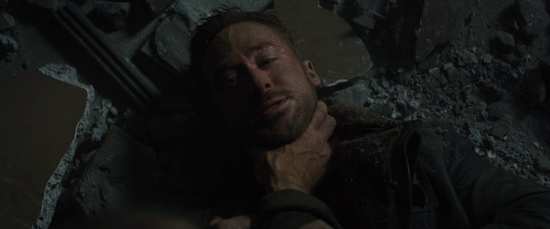
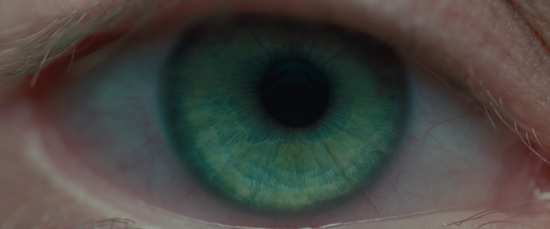
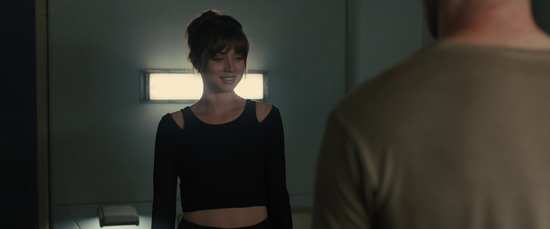
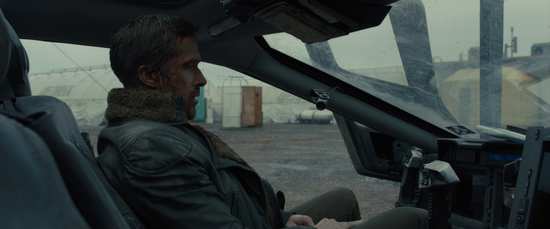

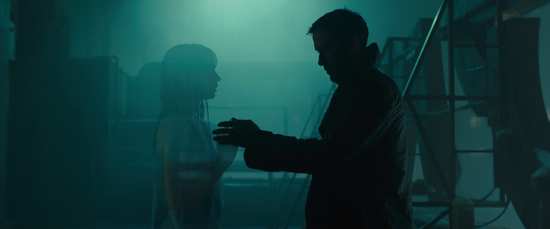
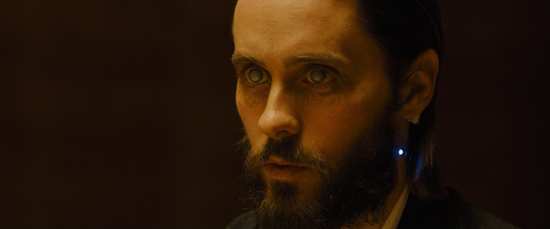
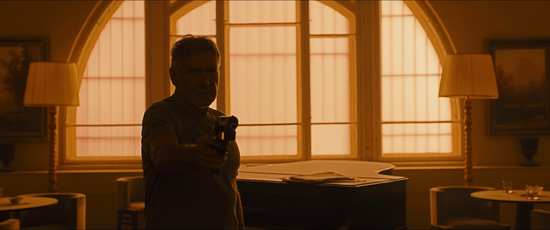
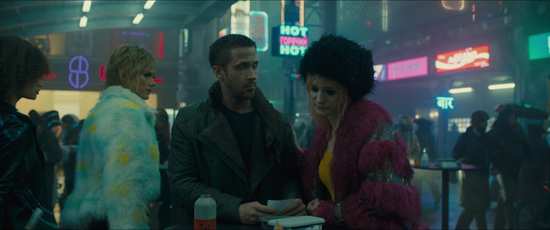
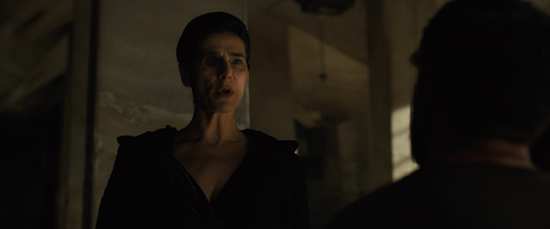
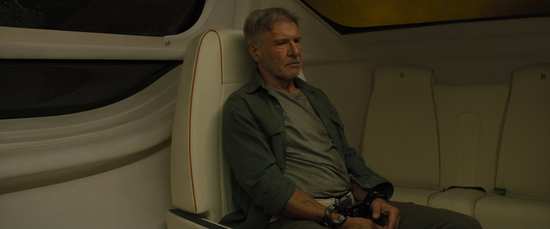
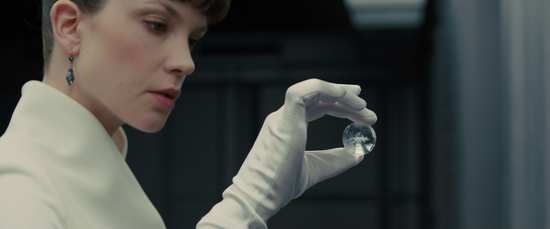
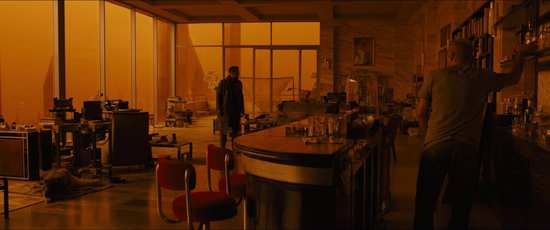
Your Opinions and Comments
Be the first to post a comment!